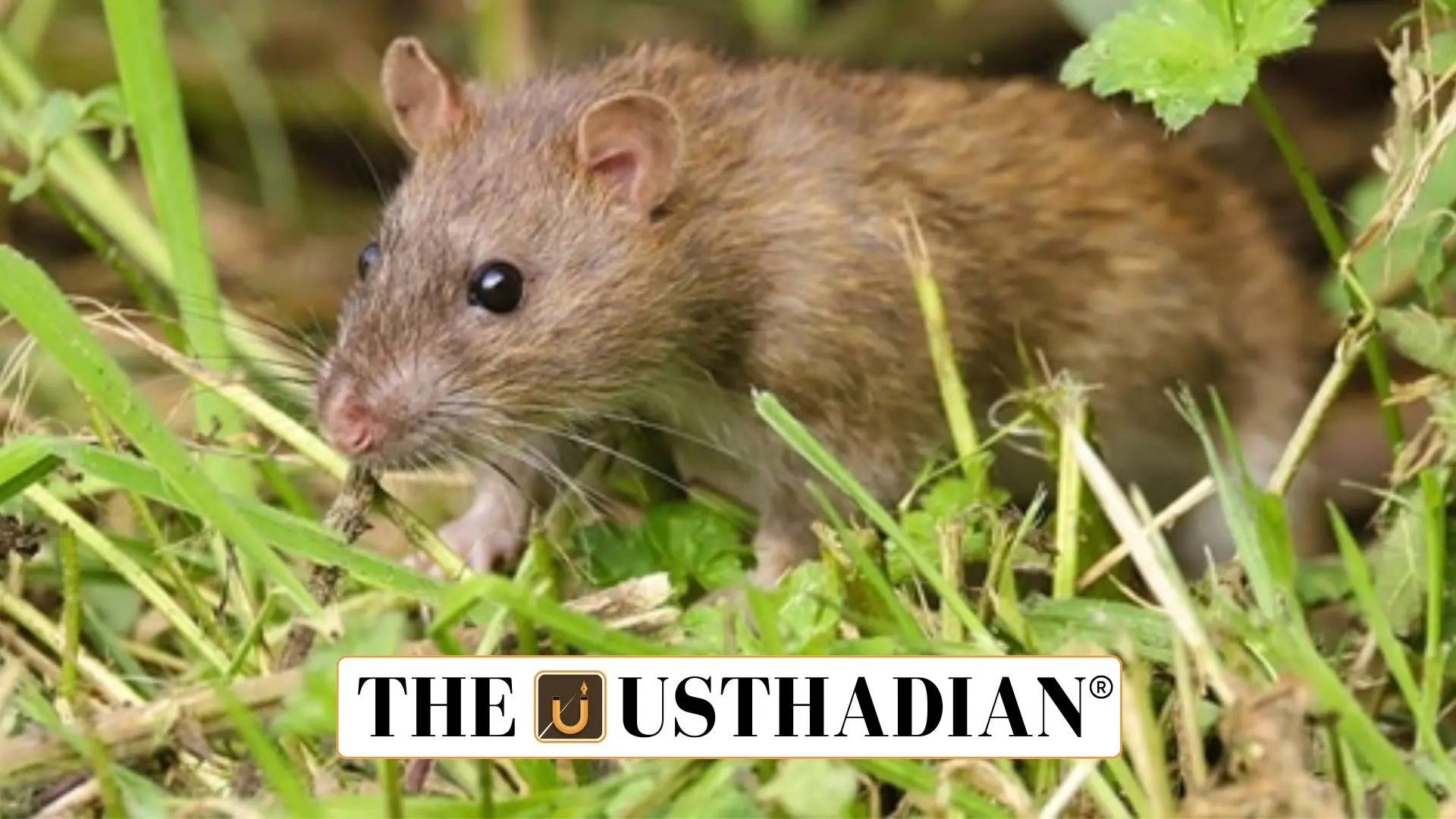Rising Health Risk in Rural Farmlands
Black Rats Identified as Key Hantavirus Carriers in Rural Madagascar: A recent study published in Ecology and Evolution has confirmed that black rats (Rattus rattus) are the primary carriers of hantavirus in rural Madagascar. These rodents, introduced to the island centuries ago, have multiplied in agricultural areas, raising health concerns for local communities. Researchers examined nearly 2,000 animals, and only black rats tested positive for the virus, confirming their critical role in transmitting this zoonotic disease.
Understanding the Hantavirus Threat
Hantavirus is a serious viral infection spread through contact with the saliva, urine, or droppings of infected rodents. It can cause two major syndromes: Hantavirus Pulmonary Syndrome (HPS), which affects the lungs and can be fatal, and Hemorrhagic Fever with Renal Syndrome (HFRS), which targets the kidneys. These illnesses often begin with flu-like symptoms, making early detection difficult and increasing the risk of complications.
How Human Activities Increase Infection Risk
The study revealed that larger, older black rats in farmlands were more likely to be infected than those in rainforests. This difference suggests that deforestation and agriculture have created environments that favor the virus’s spread. Human contact with rodents rises significantly in areas where land has been cleared for farming, directly correlating with increased transmission risk.
Protecting Rural Communities
Preventing hantavirus infections involves limiting human contact with rodents. Households are advised to seal cracks and gaps, use rodent traps, and store food securely. Additionally, maintaining clean surroundings helps deter rat infestations. Public health education is essential, particularly in farming villages where the risk is highest. Spreading awareness about symptoms and early diagnosis can save lives.
Scientific and Global Implications
This discovery is part of an international research initiative studying how land use changes drive disease emergence in biodiversity hotspots like Madagascar. It highlights the critical link between ecology and public health. With climate change and deforestation on the rise, understanding the environment-disease relationship becomes essential for managing future pandemics.
STATIC GK SNAPSHOT
Black Rats Identified as Key Hantavirus Carriers in Rural Madagascar:
| Element | Details |
| Disease Name | Hantavirus |
| Virus Transmission | Through urine, droppings, saliva of infected rodents |
| Major Syndromes | HPS (lungs) and HFRS (kidneys) |
| Carrier Identified | Black rats (Rattus rattus) in Madagascar |
| Report Published In | Ecology and Evolution (2025) |
| Symptoms of HPS | Fatigue, fever, muscle aches, respiratory issues |
| Symptoms of HFRS | Headache, back pain, kidney failure |
| Preventive Measures | Rodent control, sealing entry points, hygiene, public awareness |
| Region Affected | Rural Madagascar (esp. deforested farmland zones) |
| Conservation Relevance | Impact of land use change on zoonotic disease risk |








